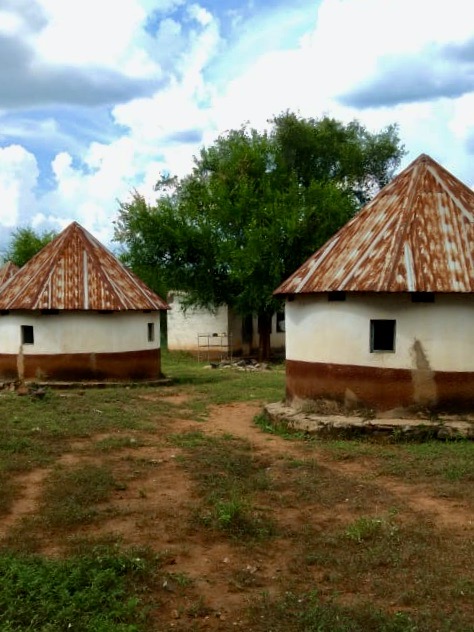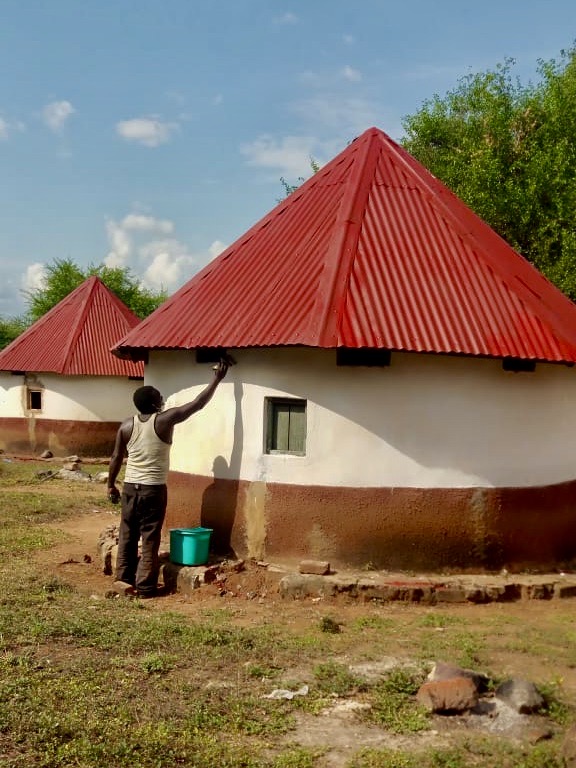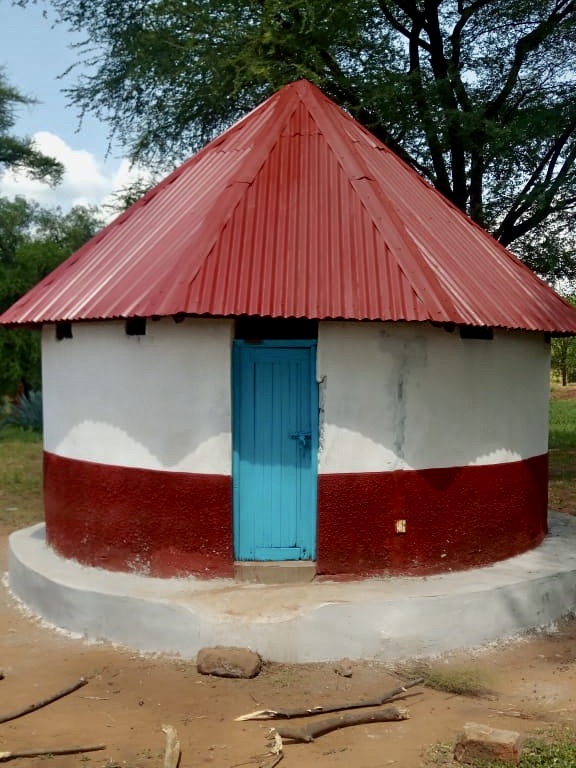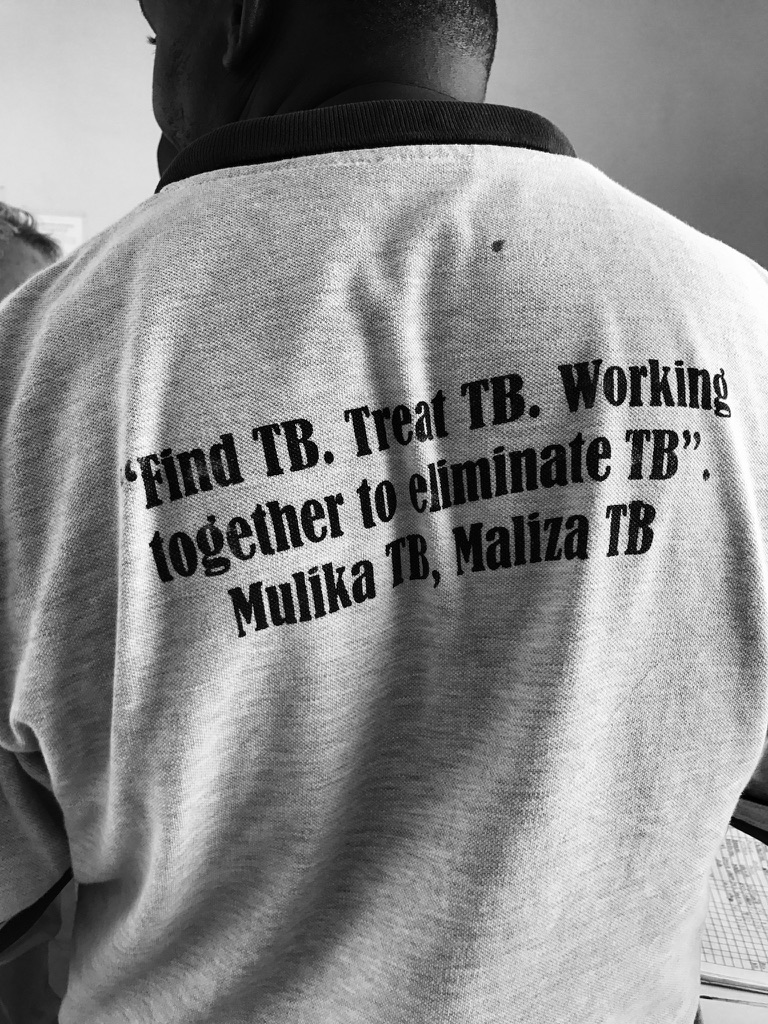Tuberculosis project
In 2017, the founders of the DKHF traveled to Kenya at their own expense to investigate, together with the local health authorities, how the DKFH could contribute to the fight against tuberculosis in the semi-nomadic areas. In particular the detection and treatment of tuberculosis patients proved to be worth supporting.
This resulted in two projects:
- Supporting Community Health Volunteers (CHV’s) on an organisational and financial level with regards to tracing and following-up on tuberculosis patients
- Renovation and expansion of the tuberculosis manyatta’s situated in Kacheliba and Sigor, West Pokot. In these villages, tuberculosis patients can stay throughout their whole medical treatment (i.e., at least two months), whilst provided with high-protein meals and education on tuberculosis.
Tuberculosis manyattas
A semi-nomadic lifestyle makes treatment of tuberculosis patients very challenging. In our two tuberculosis villages (manyattas), patients can stay for two months during their tuberculosis treatment. The purpose of our manyattas is for patients to complete their treatment. This is not only important for the recovery of the patients, but also prevents further spread and resistance of the tuberculosis bacteria to tuberculosis agents.
The manyatta provides water, food with a high protein content, health education and follow-up of the medical treatment of patients. Patients who show up more often for treatment are also traced.
A donation from the Stichting Puma has made it possible to continue the tuberculosis Manyattas for two years.



